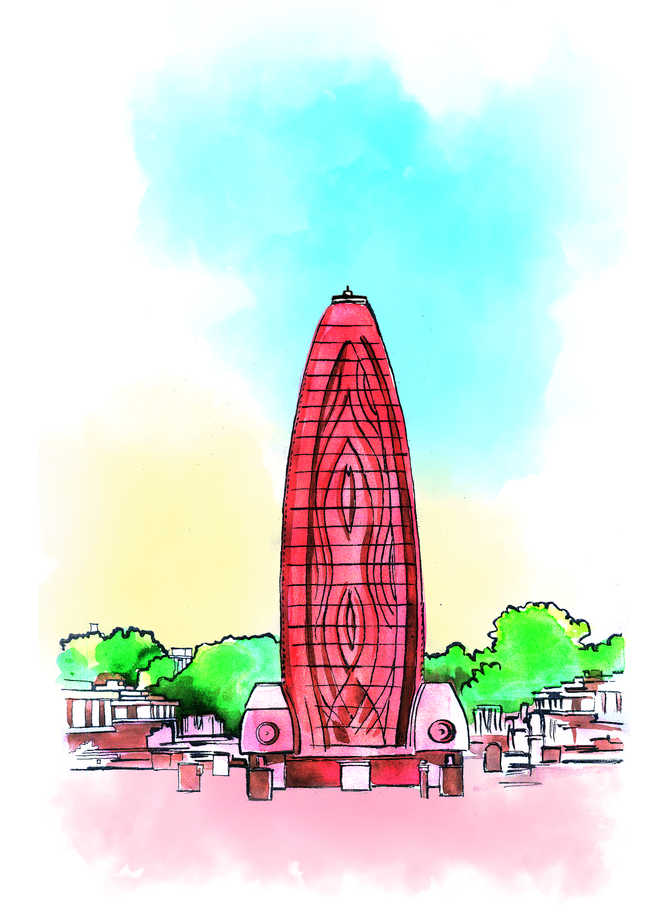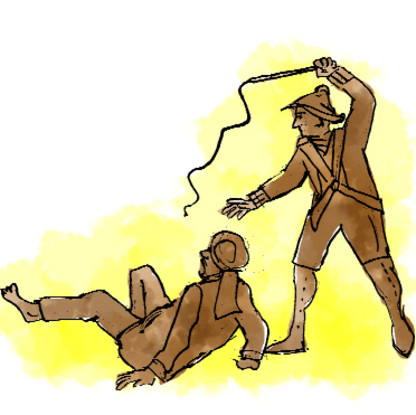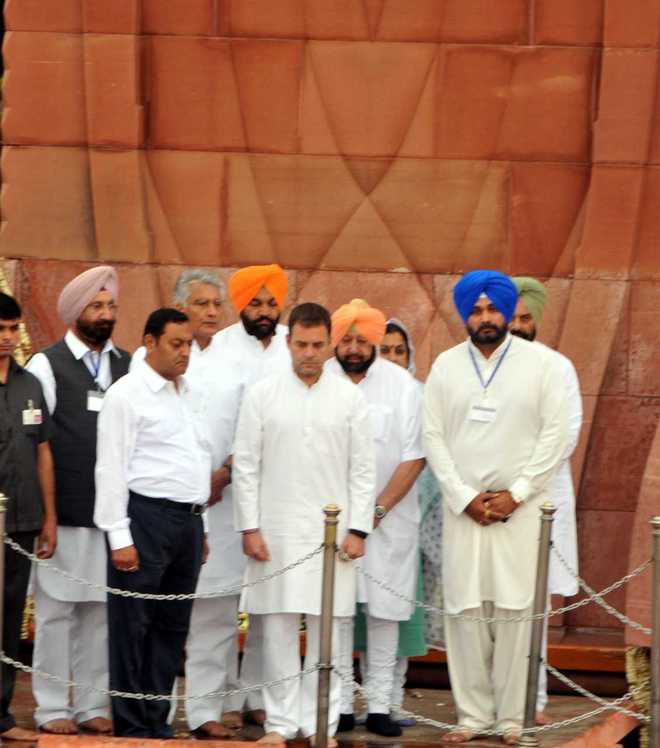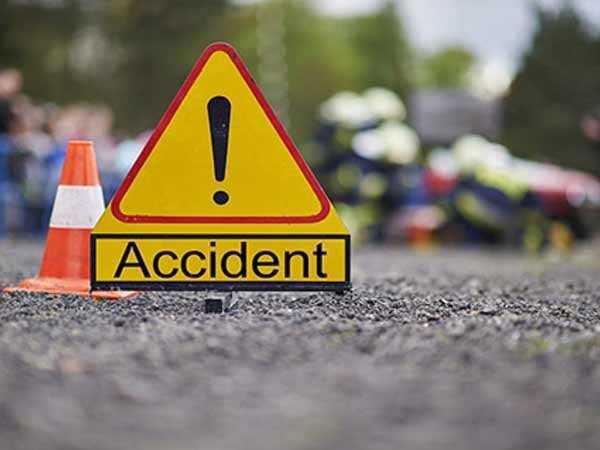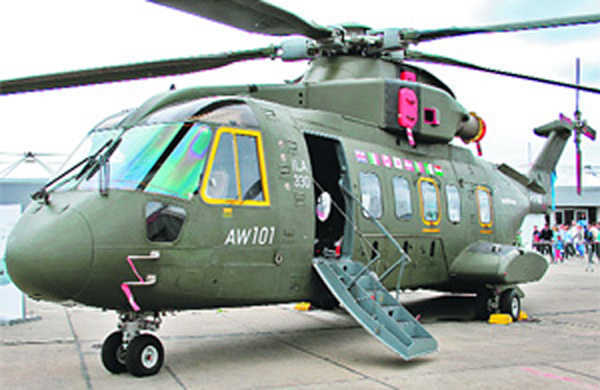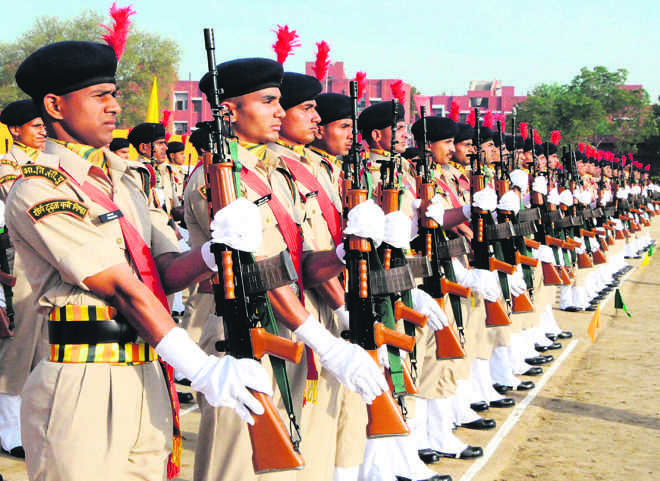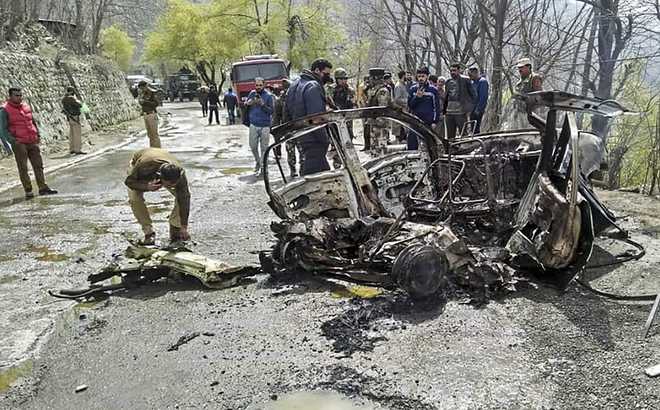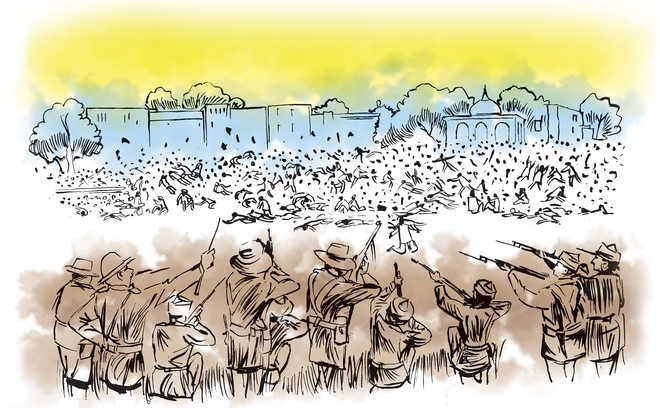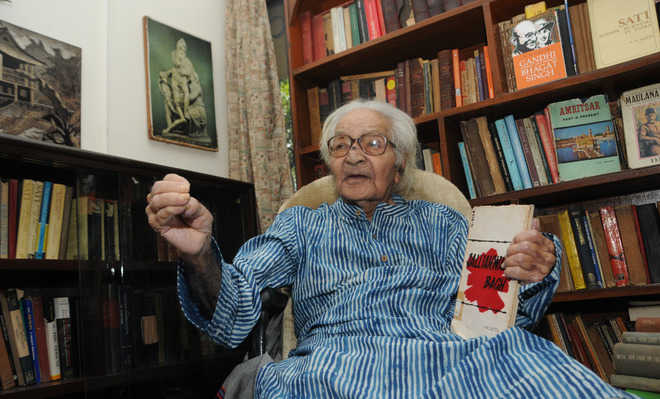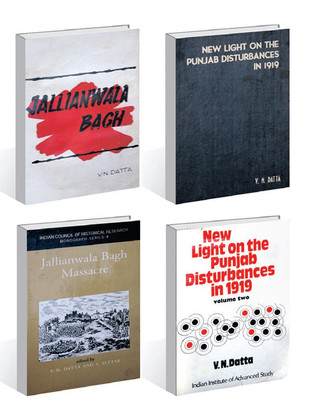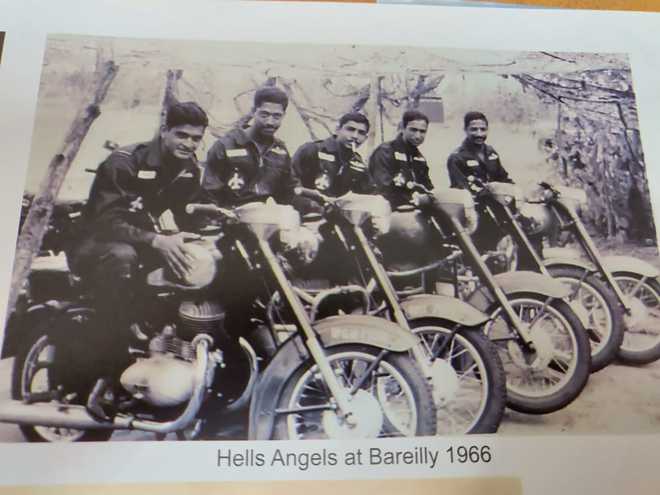
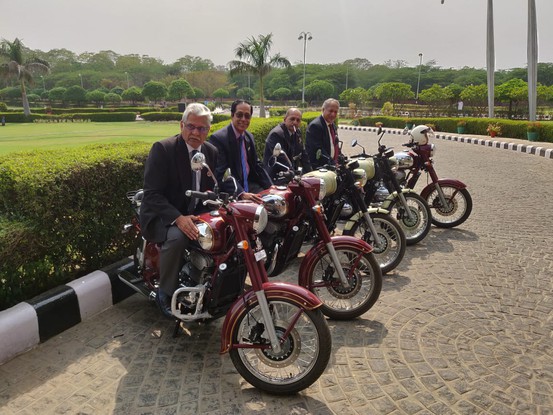
None of them had a clue that the picture clicked nearly 50 years ago will go viral in the social media in 2019.
New Delhi, April 30
Months ahead of the India-Pakistan war broke out in 1971, it was just another day at work for the five young pilots at IAF’s 22 squadron in Kalaikunda as they moved around camouflaged nets and concrete blast pens in their black overalls and bikes, preserving themselves for the action.
Realising the similarities in their appearances and the Jawa bikes, they decided to capture the moment in the camera. The five Gnat pilots happily posed for a photograph with one hand on the petrol tank and a cigarette casually dangling from the lips of one of them.
None of them had a clue that the picture clicked nearly 50 years ago will go viral in the social media in 2019.
IANS spoke to Wing Commander Sunith Soares, Air Vice Marshal A.K. Shyam, group captains P.M. Velankar and Ashok Bhagwat (all retired)— who were traced by Jawa Motorcycles and were made to recreate the photograph with only one difference, the missing fifth man in the 1971 picture—group captain V. Pashupati who is no more.
A fifth bike was placed with only a helmet in a missing man formation, an Air Force way of honouring a fallen pilot.
“It was in 1971, we knew war would come up, there was little flying and most of the day we would just sit around trying to waste time as we were preserving for the hour,” recalled Sunith Soares.
“There was a big shot coming to visit us so we decided to stay in our overalls which was jet black. We did not even have a squadron crest so we called ourselves Hell’s Angels inspired by the US group of bikers wearing black jackets and riding Harley Davidsons, and wore the patch on the sleeve,” he said explaining how they related to the gang of brave bikers who he said was “just like us”.
The Hells’s Angels became Sabre Slayers by the time the war ended as the formation in which Soares was flying shot down three Sabre jets of the Pakistan Air Force (PAF) in what came to be known as one of the top five battles of modern jet era. The squadron was later officially crested as “Swifts”.
Air Vice Marhal Shyam recalled that he was only 21-year-old when the picture was taken.
“I used to drive around in my Jawa in the squadron as did all other pilots. I bought the bike from Jamshedpur. On that day (when the picture was taken), it just occurred to us that all of us had same bikes so we decided to take a picture.
“It was spontaneous. We did not plan it,” said Shyam who went on to form IAF’s first aerobatic team Thunderbolt flying Hunters in Hashimara in 1981 and was later posted at the Indian High Commission in Sri Lanka before retiring as Senior Air Staff Officer (SASO) of Nagpur-based maintenance command.
“I bought the bike for around Rs 5,000 and after using it for 13 years I sold it in Siliguri for around the same amount,” he said.
“In those days, every fighter pilot aspired to have a Jawa or an Enfield. Majority had Jawa. I also bought a bike for around Rs 5,000 which stayed with me for 13 years and I took it around wherver I went,” said group captain Ashok Bhagwat.
P.M. Velankar, the fourth man in the picutre, said that there was nothing special about the photograph as it was just another day and it was spontaneous action.
“We were sitting on the bikes and somebody clicked it,” he said expressing surprise about how it has gone viral.
Ashish Joshi, Chief Executive Officer of Classic Legends of Jawa Motorcycles told IANS it was heartening to just listen to them sharing their experiences.
The starting point for bringing them together was the old picture of them sitting on the bikes. Jawa invited them for the fund raiser event where Rs 1.49 crore collected by auctioning of 13 motorcycles was handed over to Kendriya Sainik Board and recreated the image. — IANS











